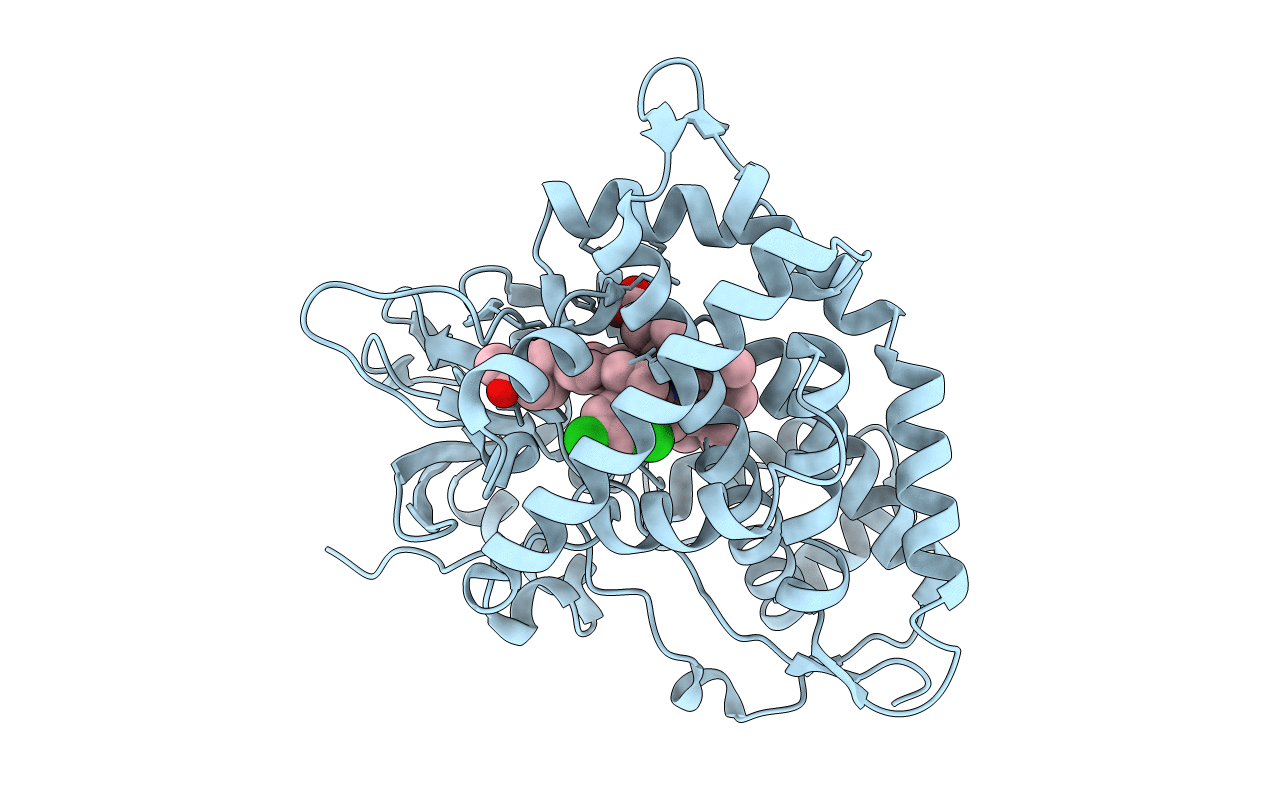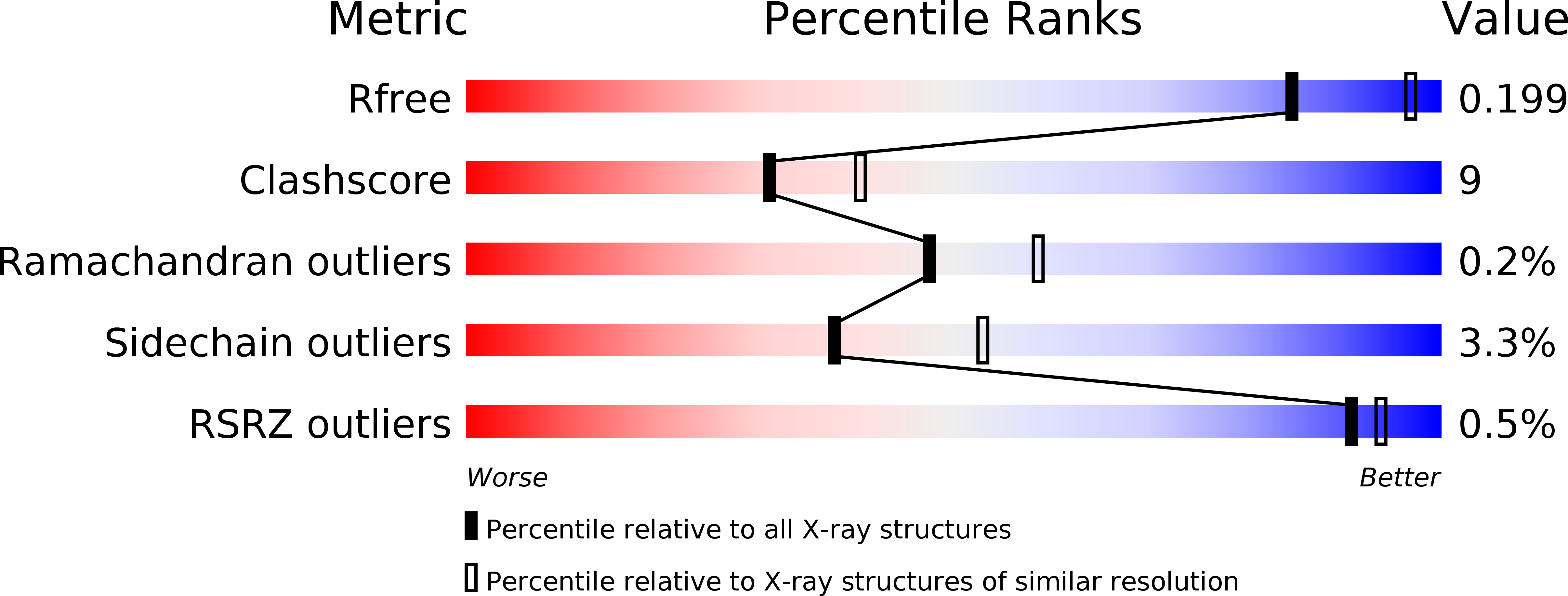
Deposition Date
2001-07-02
Release Date
2001-10-17
Last Version Date
2024-04-03
Entry Detail
Biological Source:
Source Organism:
Saccharopolyspora erythraea (Taxon ID: 1836)
Host Organism:
Method Details:
Experimental Method:
Resolution:
2.30 Å
R-Value Free:
0.23
R-Value Work:
0.18
R-Value Observed:
0.18
Space Group:
P 21 21 21


